Have you tried using a sourdough discard bread recipe and ended up with something flat and dense? I’ve been there. Baking with sourdough discard for leavening can be tricky. A successful bake is dependent on the activity level of your sourdough discard. And the activity level of your discard is the result of many factors from age to temperature. In this guide, I am going to cover some of those factors and provide some tips and tricks that may help you if your discard is on the more dormant side.
Sourdough starter, levain, and discard… what is the difference?
A sourdough starter is a cultivated wild yeast culture made by fermenting water and flour together and maintained with regular feeding.
Levain is an off-shoot of the sourdough starter, typically fed a higher ratio of water and flour to increase activity, for the sole purpose of being used to leaven dough. It can also be customized for flavor.
Sourdough discard is excess levain or sourdough starter that is not used in a recipe or for maintaining the starter. Only a small portion of the sourdough starter is reserved and fed during each feeding, the rest is referred to as discard, since typically it is thrown away. In efforts to reduce waste, discard is often collected from multiple feedings and stored in the fridge until enough is allotted to be used for discard recipes.
| Activity Level | Acidity | Use for | |
|---|---|---|---|
| Sourdough Starter | Active | Medium | This is the mother culture to maintain. |
| Levain | Very active | Low | Levain is best prepared and used for baking. Since levain builds are typically fed at a higher ratio of water to flour, it is more active than a sourdough starter, making it perfect for making sourdough bread. The levain build can also be customized for flavor without affecting the mother culture. |
| Sourdough Discard | Not very active | High | Depending on the age and acidity level of the discard, the range can be vast. Generally, sourdough discard can be collected and stored in the fridge until there is enough to use for a recipe. It is best used for recipes that do not require leavening or in combination with other leavening agents (ex: baking powder, soda, or commercial yeast). |
For more information on how to start and maintain a sourdough starter, creating levain build, and sourdough baking schedule, you can visit this guide.
Activity Level
If you are making discard recipes that do not depend on the wild yeast abilities to leaven, such as crackers or pancakes, the activity level of your sourdough discard does not matter very much. However, if you are using it in bakes that is depending on it for leavening, such as breads, making sure the starter is still active is super important. Otherwise, you end up with something flat, dense and unpleasantly tangy, and lots of wasted time.
The activity level of your sourdough discard is the most important factor when using it to leaven dough.
You can tell if your discard is still active by observing bubbles in the mixture. Freshly discarded starter from an active sourdough culture, is active, and you will able to see many bubbles throughout the mixture. Discard that has been stored in the fridge for a few days won’t look as aerated, but you should still be able to observe some bubbles on the surface of the mixture and some throughout.
Age
The age of your sourdough discard will affect two things: its activity level and taste. The older your sourdough discard, the less active it is and the more sour your resulting bakes will be.
If your discard is from an active sourdough starter, it should be safe to use for leavening up to a week old. I usually use my discard after I have collected enough ~5 days. Any older, you may want to look into the spiked dough method, which utilizes a small amount of active dry yeast to help with the leavening.
Sourdough discard can stay active stored in the fridge for about 5 days. The older the discard, the more tangy your bakes will be.
In general, if you want the least amount of tang, you should use discard that is no more than 3 days old. If you want no tang or very subtle tang, use an active sourdough starter or levain build instead.
| Days | 1-2 days | 3-5 days | 6+ days |
| Activity | active | moderately active | lightly active not recommended for leavening |
| Taste | light tang | some tang | more tangy |
Temperature
Similar to natural and commercial yeast, the colder it is, whether it be the kitchen temperature or the dough temperature, the less active it is. Sourdough discard straight from the fridge is cold, and therefore cake takes longer to leaven the dough. I recommend mixing sourdough discard with warm liquid ingredients to help activate it. For example, when making bread with sourdough discard, use warm water.
Sourdough Baking: levain vs discard vs spiked dough
There are three ways you can bake with sourdough: levain (or sourdough starter), sourdough discard, or a combination of sourdough and commercial yeast aka spiked dough. Sourdough discard is the trickiest of the three to use for leavening since it is older and more dormant. If this is your first time leavening with discard OR if your discard is older, I would recommend trying the spiked dough version, since it has a high chance of success.
Active starter / levain
The most common way to make sourdough bread is to use an active starter or levain. This guarantees proper leavening. If you prefer little to no tang, using active starter or levain is also the route to go. For any sourdough discard recipe, you can always opt to use active starter or a levain build instead.
It will create a sweeter loaf, so you don’t have to worry about the unpleasant tang from the discard, and leavens dough just a tad bit quicker. I usually never have enough active starter to bake with (I only have 35g of starter sitting on the kitchen counter at any given time, see the post on my sourdough starter maintenance & baking schedule for more info) so I would make a levain build. My go-to build ratio is 1:6:6. That ensures that my leavain is super active 10ish hours later for use.
Sourdough discard
As mentioned, sourdough discard is the trickiest of the three for leavening since it is the least active and has the most developed flavor aka tang. When deciding to use sourdough discard, take into consideration the following properties:
- Activity: we are using sourdough discard for leavening, so unlike other discard recipes, like crackers or pancakes which don’t require any leavening abilities, this one does, so we need to make sure the discard is still pretty active. Make sure you are using discard from an active starter and the discard is not too old. If you are just building your starter, for example, your discard will not work because your starter is not active!
- Age: In terms of age, if your discard is from an active starter, it should be okay to use if it has been in the fridge for about up to a week. A week and a half might be a stretch and you may want to look into the spiked dough method. I usually use my discard after I have collected enough ~5 days.
- Tang: The amount of tang you will have depends on the age of your discard. If you want the least amount of tang, use discard that is no more than 3 days old. If you do not want any tang, try the active starter/levain option.
Spiked dough aka sourdough + yeast
Spiking the dough simply just means adding some commercial yeast to give your sourdough a boost. You can use it in combination with either sourdough discard or sourdough to speed up the rise time. I usually add a small quantity of commercial yeast, about 1/4 tsp for ~100g of flour and it cuts the rise time of dough made with sourdough discard by about 1-1.5hrs. The more you add the more leavening you get from the yeast and the quicker the rise time. Please note that the commercial yeast does impart a flavor to the dough. In small quantities and mixed with sourdough it can be very pleasant– most French baguettes, for example, are made with a combination of long ferment commercial yeast (known as poolish) and sourdough– but in larger quantities, you will get that distinct yeasty smell and flavor that I personally don’t like (think Subways bread).
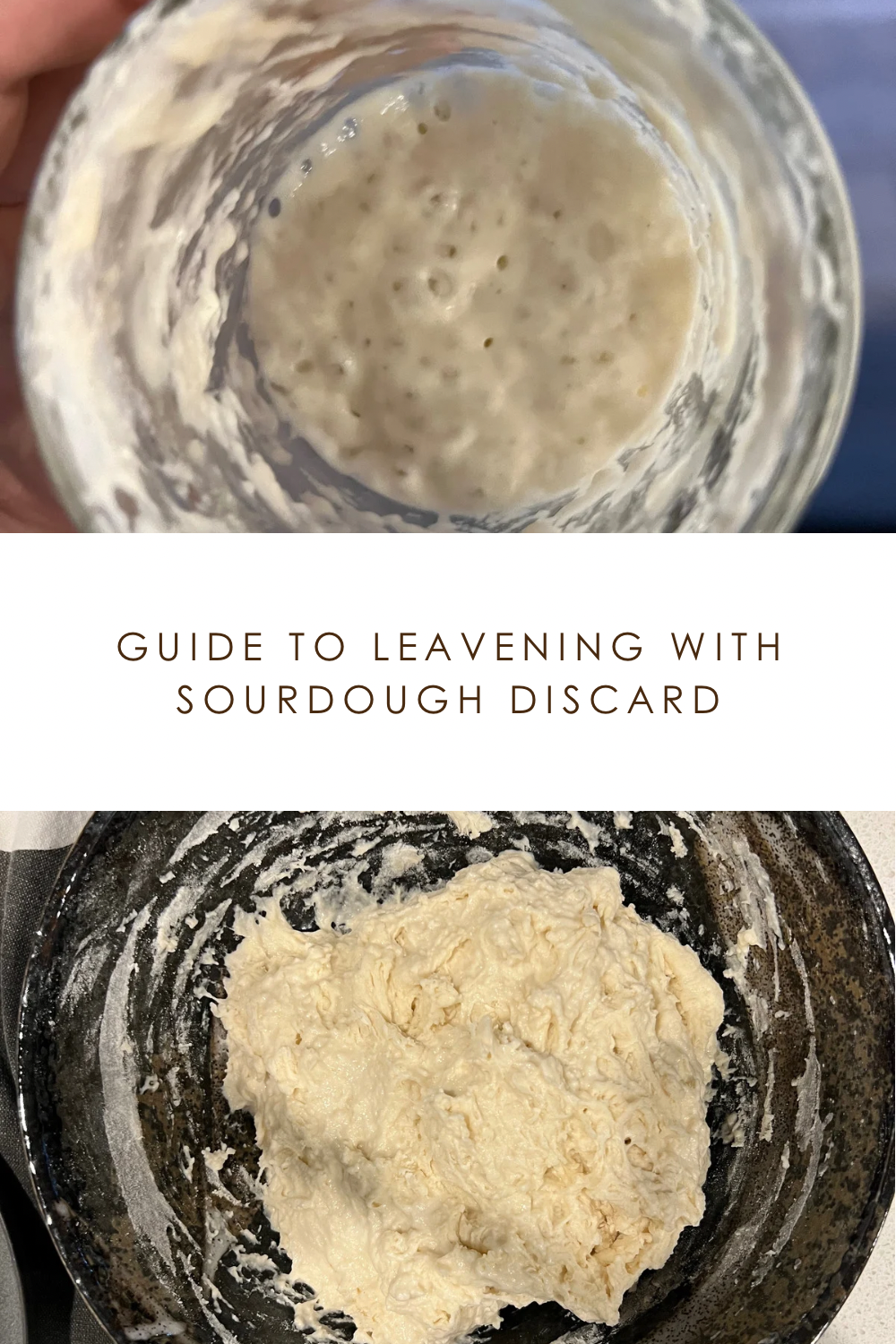










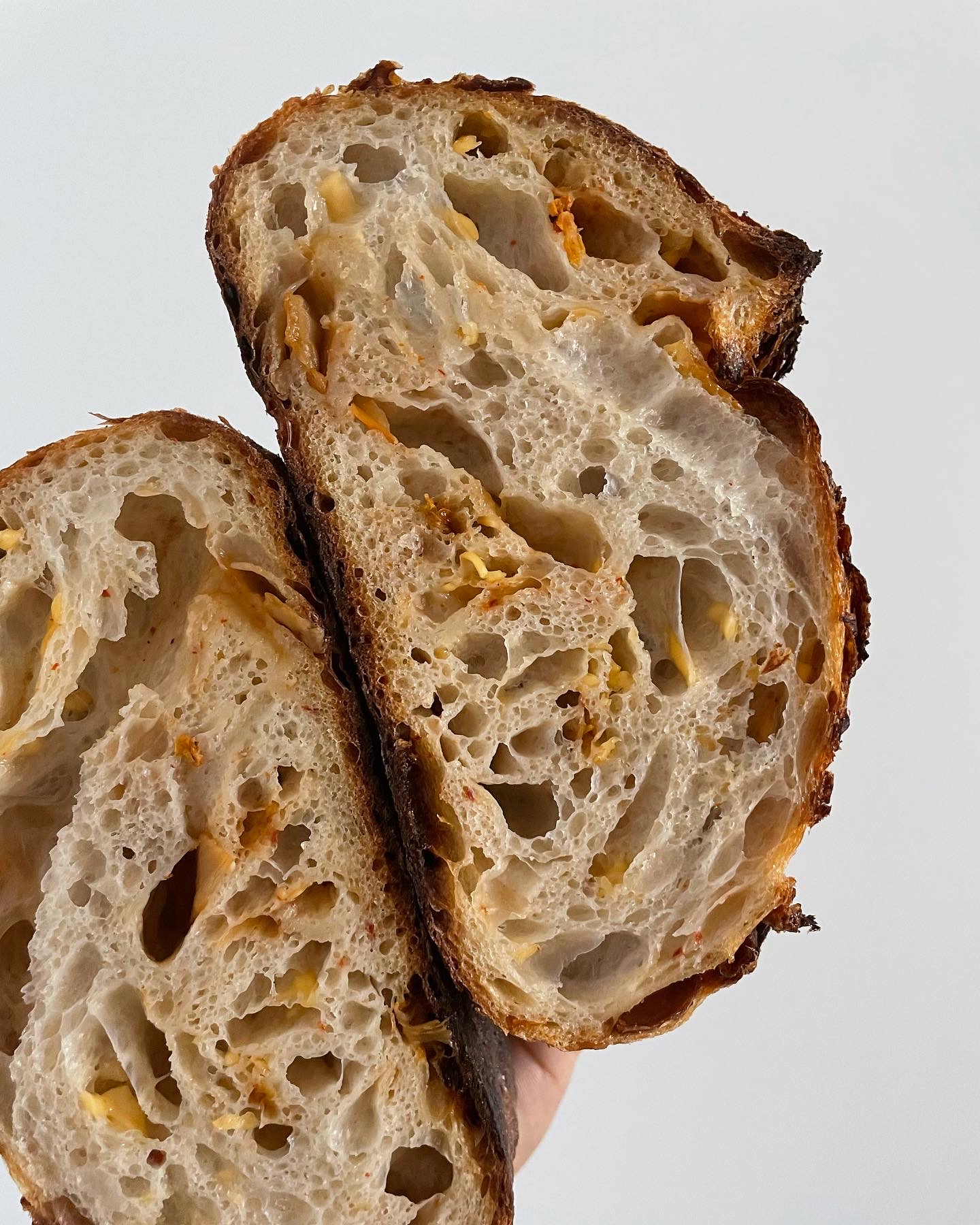

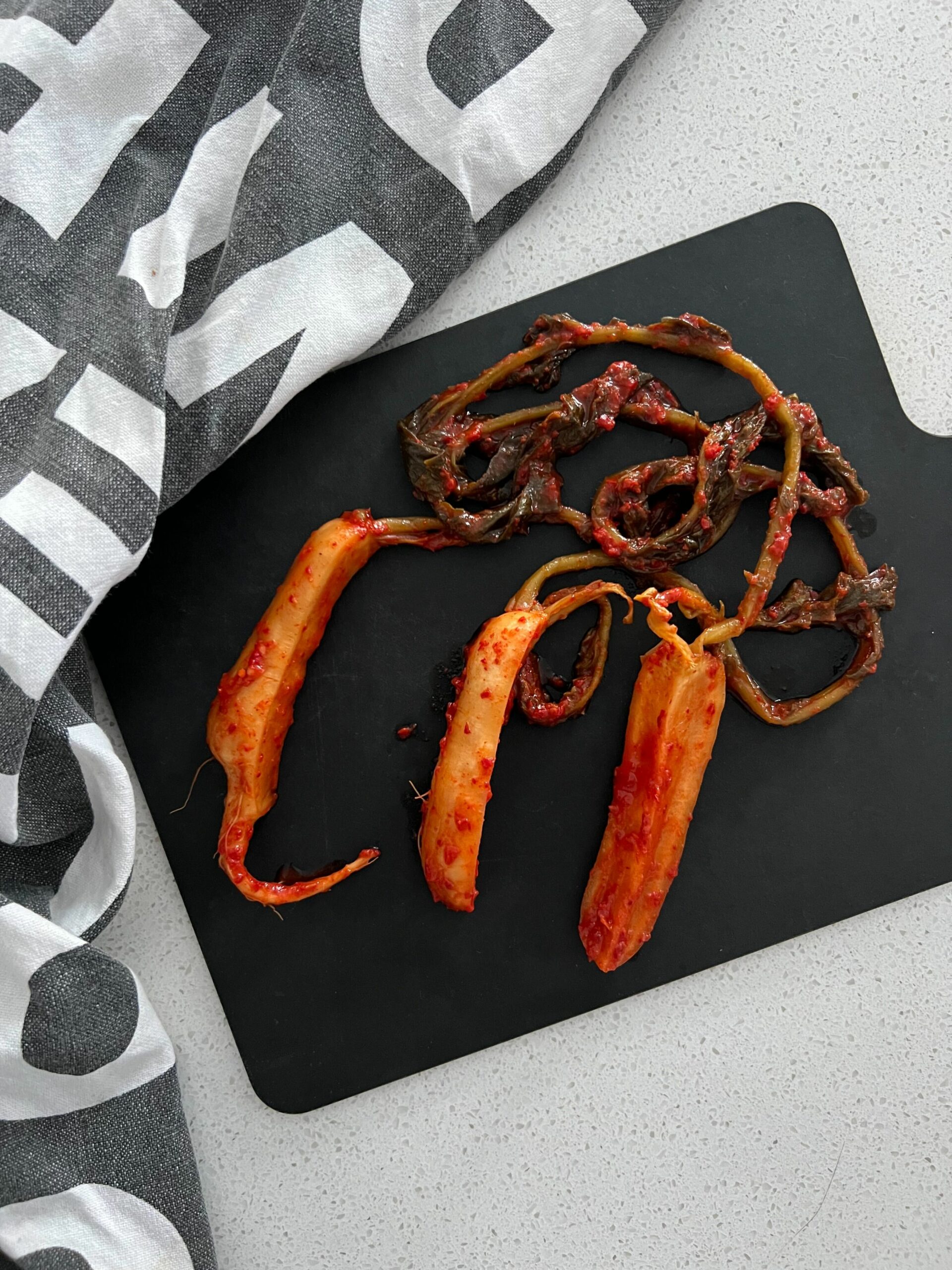
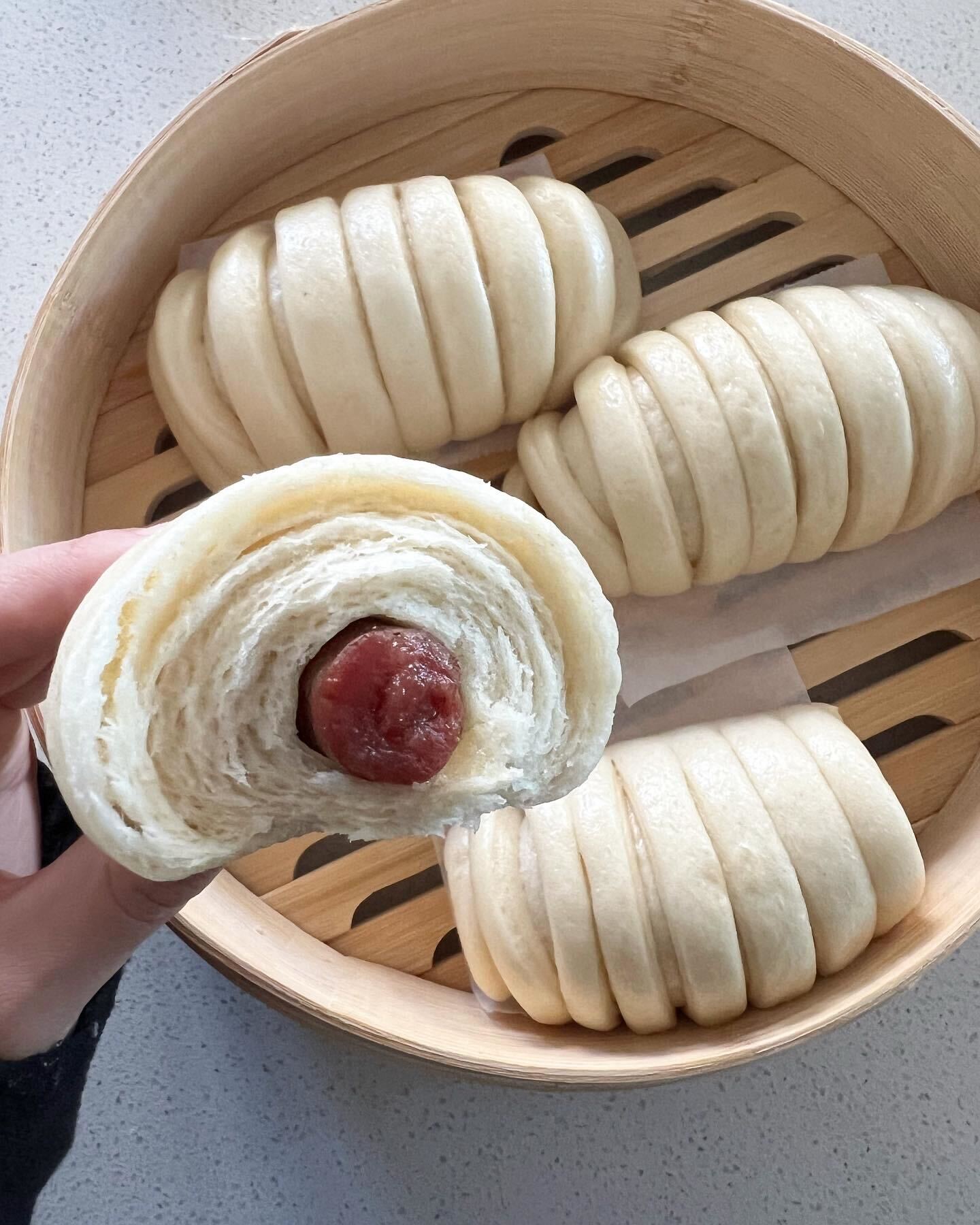
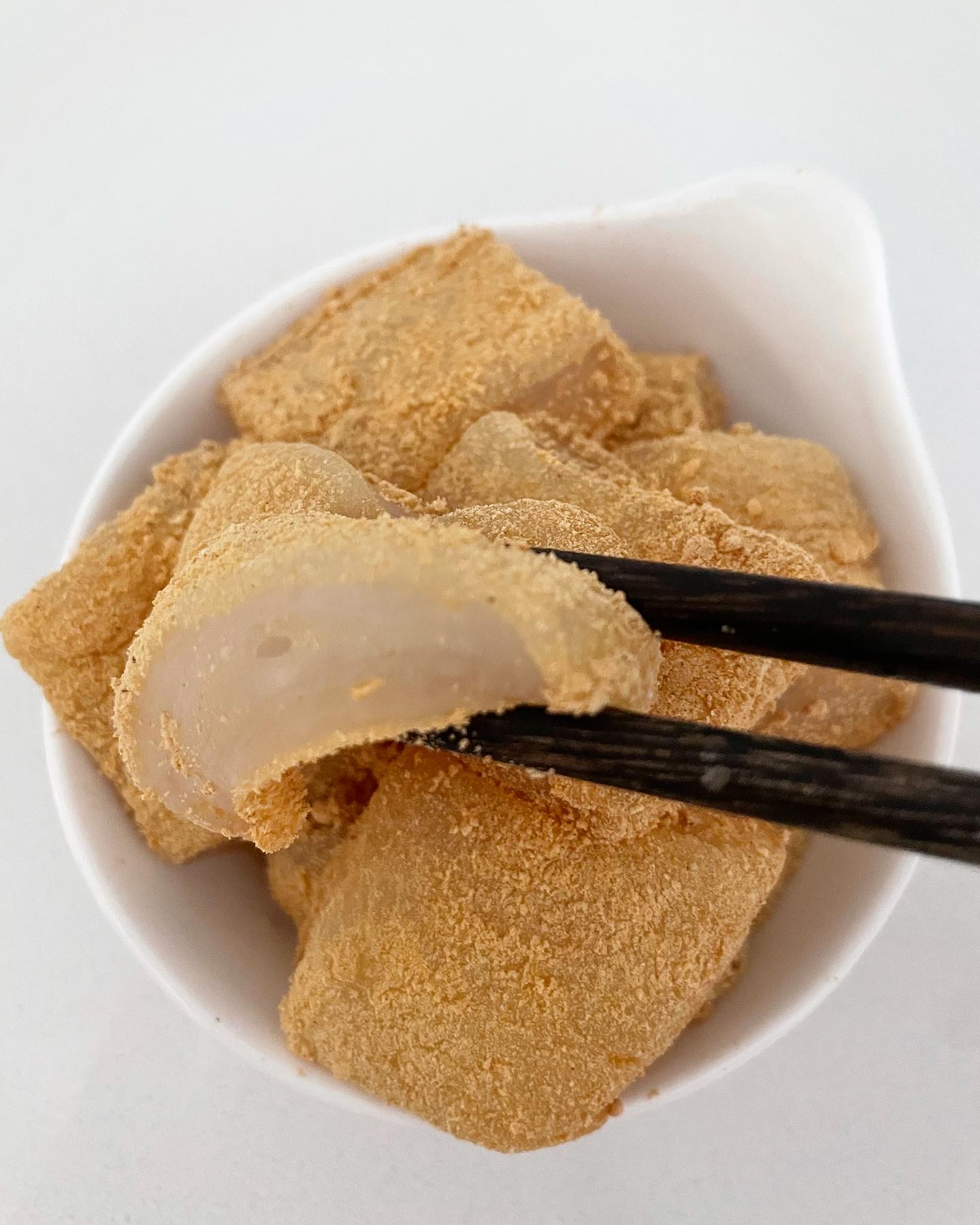
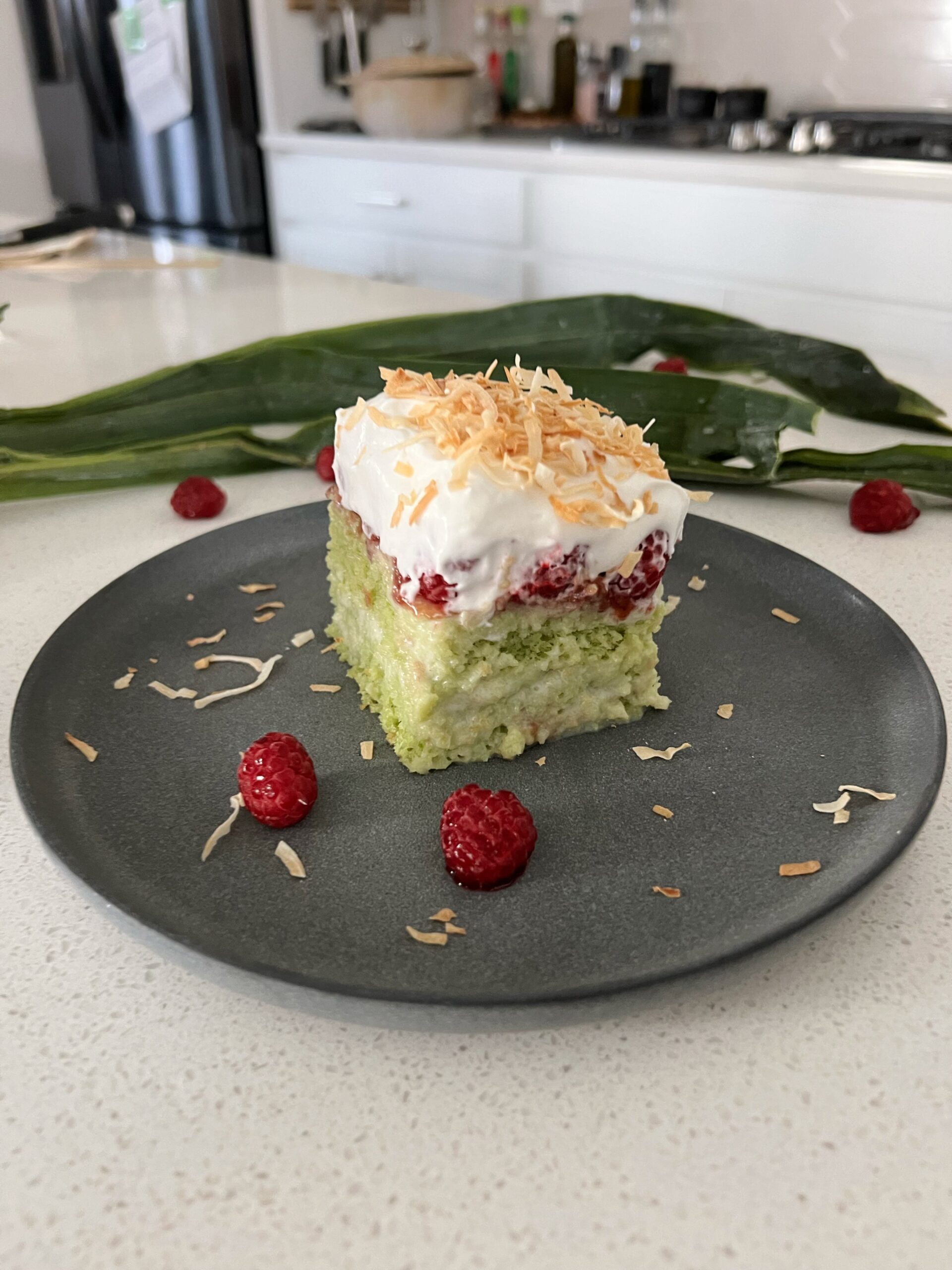
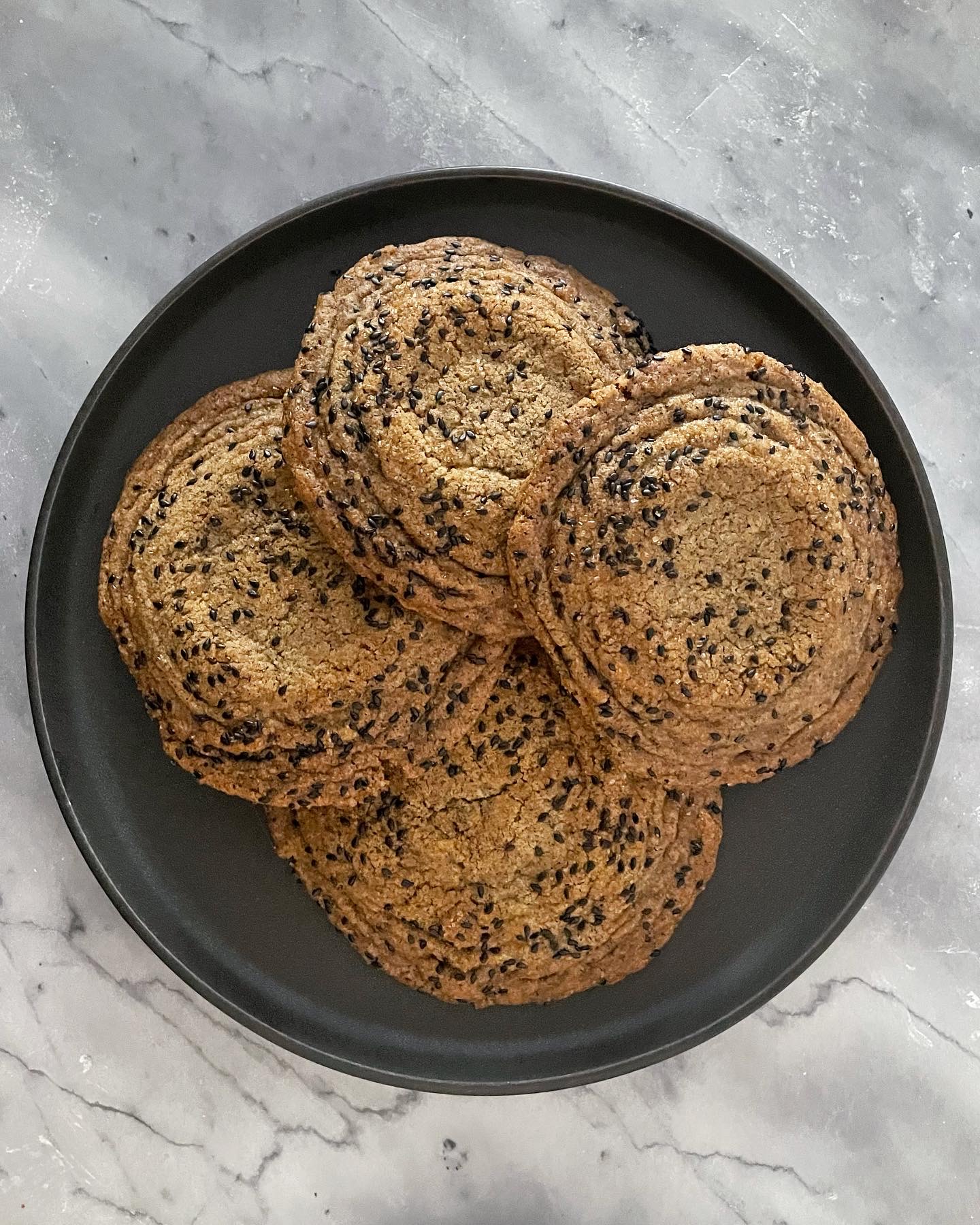
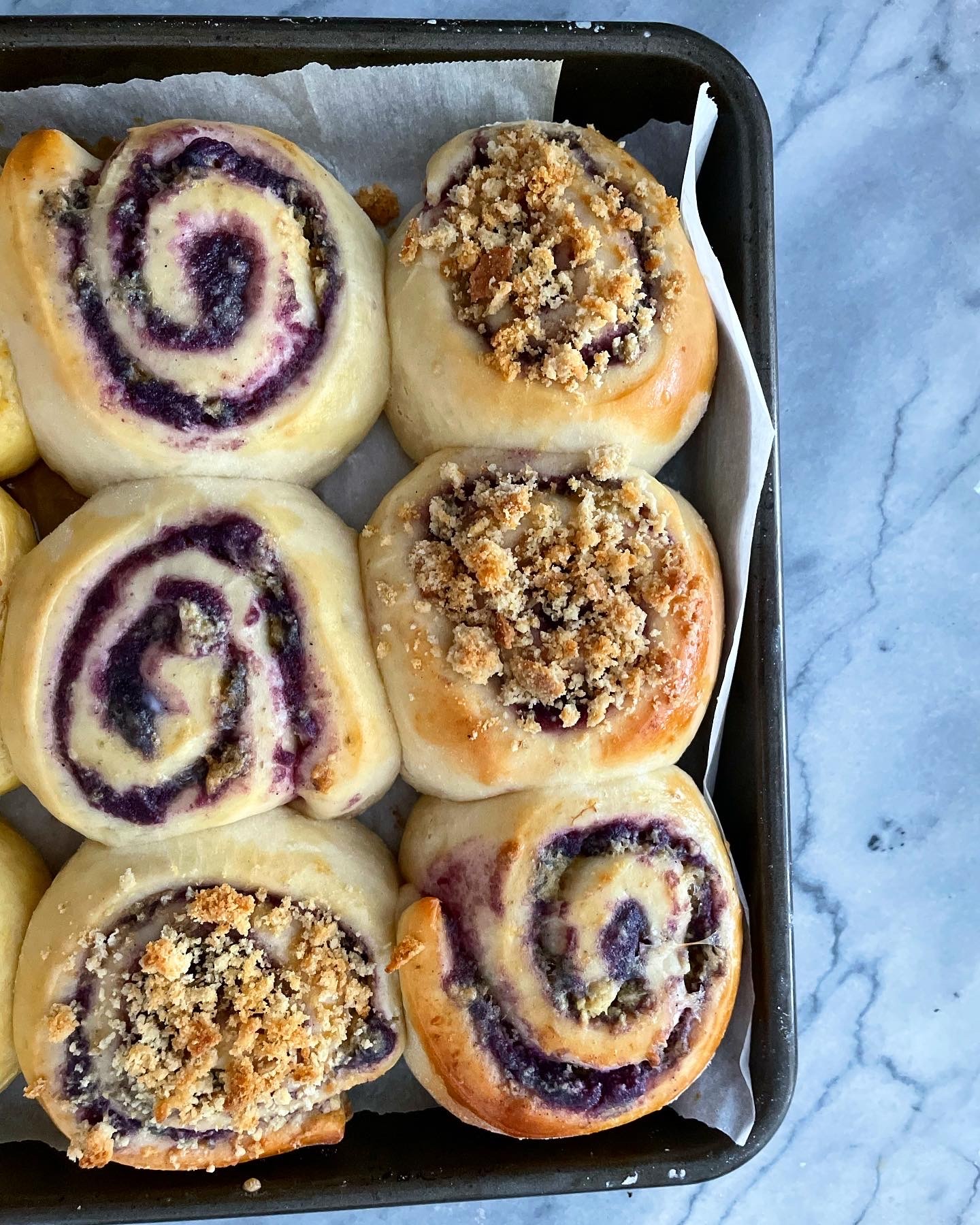
Leave a Reply